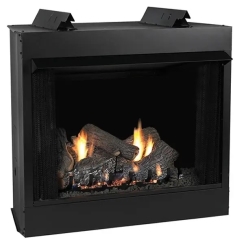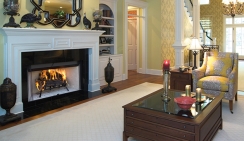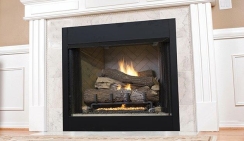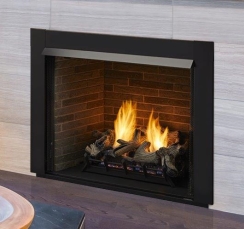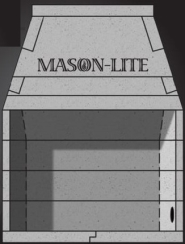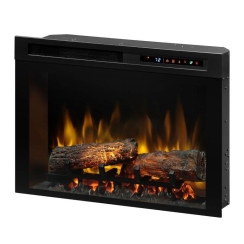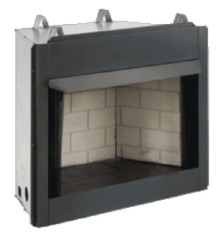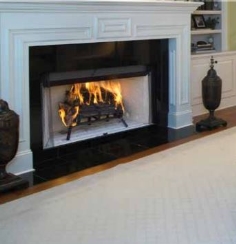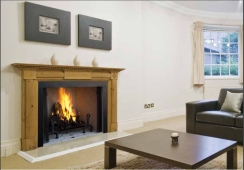Fireplace Fireboxes
Displaying 1–20 of 191 items
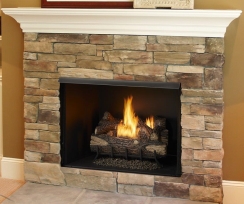
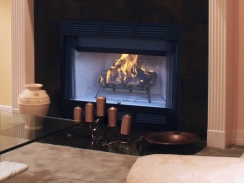
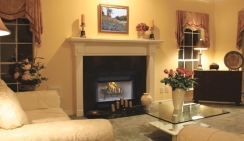


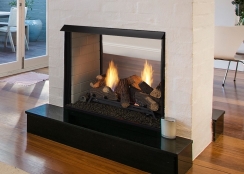
Related Articles
Have questions?
Our NFI-certified experts are here to help!Customer Q&A with Product Specialists
Thank you for reaching out!
Thank you for your interest in our products. We've received your question and will get back to you shortly — usually within the hour but always within 1 business day. To ensure you receive our response, please add our email address (info@efireplacestore.com) to your email whitelist or address book.
In the meantime, while we prepare our response, keep an eye on your inbox for an email from us. We'll be sending you our exclusive Buyer's Guide, packed with valuable information to assist you in making the best decision for your needs.
If you have any further questions or need immediate assistance, feel free to reach out to us directly at 1-800-203-1642.
Thank you again for choosing eFireplaceStore.com!
Customer Images

About Fireplace Fireboxes
How does a firebox differ from a fireplace? Is a fire box just another name for the fireplace? Don't worry; these are common questions regarding a fireplace firebox since some use the terms interchangeably. The fireplace box is just the box part of the fireplace - no burner, log set, fuel set, or anything. But how do you know which firebox is right and what goes with it? We cover all that and more in our Fireplace Fireboxes Buyer's Guide!
